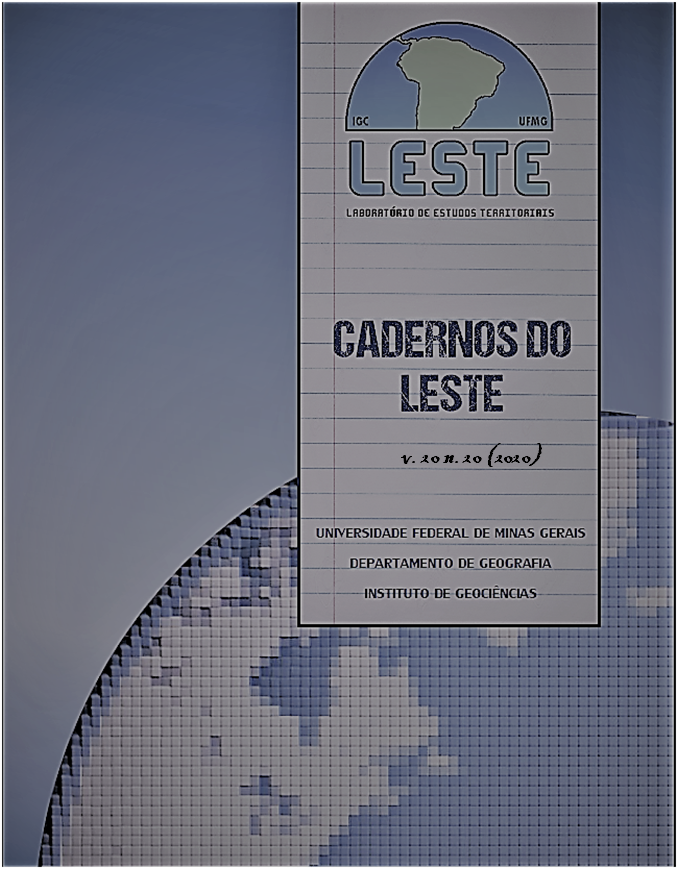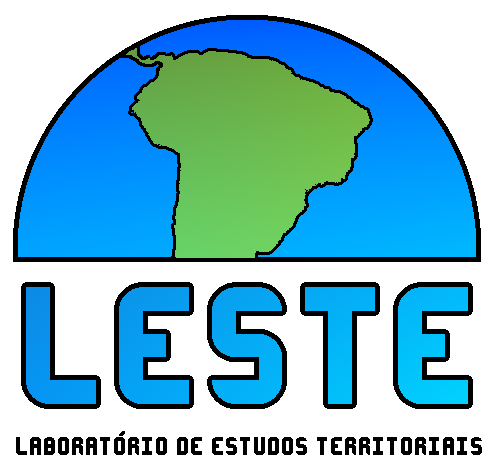The landscape quality of the Historical Urban Landscape of Rabat
DOI:
https://doi.org/10.29327/248949.20.20-5Keywords:
Historical Urban, Landscape, UNESCO, Parc System, Open Space System, Remote SensorAbstract
This article aims to meet two objectives that complement each other: to assess the importance of open spaces throughout the urban process of the city of Rabat, in order to classify the capital of Morocco as Historic Urban Landscape and not just as UNESCO World Cultural Heritage, while it seeks to understand how technological tools such as remote sensing can contribute to the interpretation, classification, analysis and future monitoring of the city as a "living" organism and, therefore, dynamic, complex and a product of human interaction over the geographic and natural environment. Through the study case of Rabat, an example that demonstrates the valorization of diversity by UNESCO in the recognition of a cultural asset as a world heritage, it is proposed to discuss the importance of how urban management should consider the environmental aspect. The hypothesis brought in this article proposes that the inclusion or maintenance of the green extract in the urban structure, part of a system of open spaces, can positively contribute the quality of life of the population, therefor should be better understood, classified and used as an indicator for urban management. In time of transition, the need for unity and good references stands out, and having the case of Rabat as an element of inspiration and reflection the discussion could go beyond the territorial domains of this territory.







